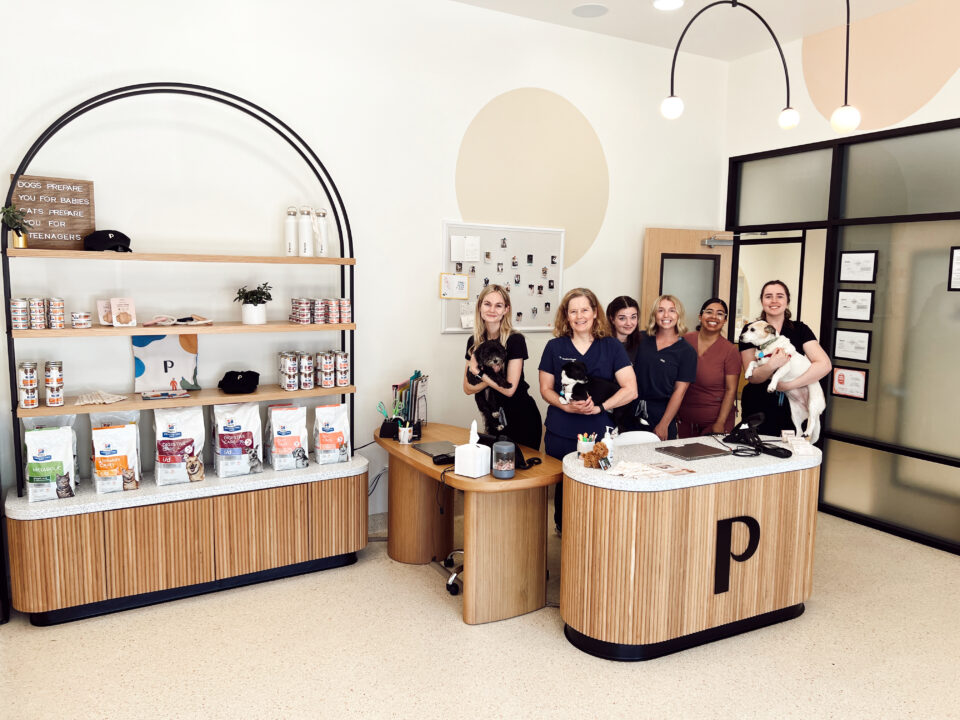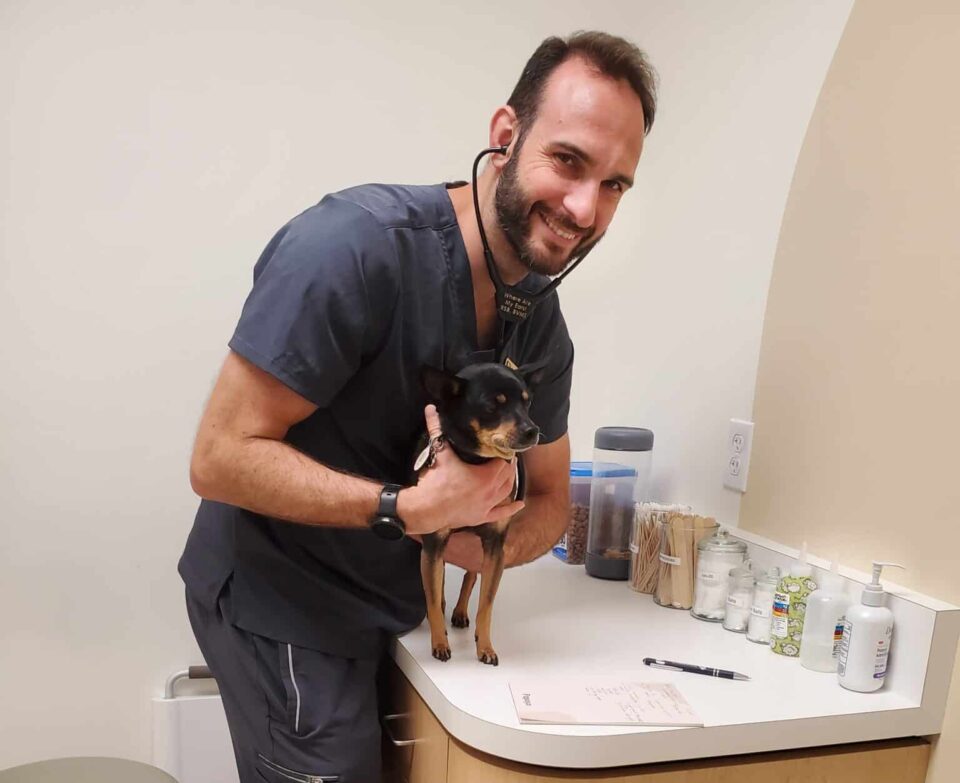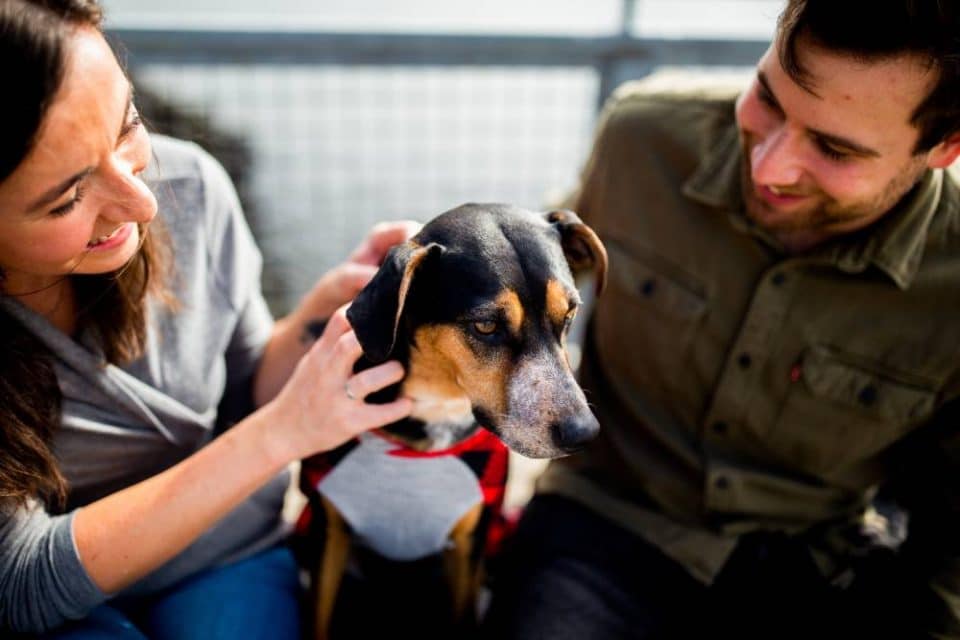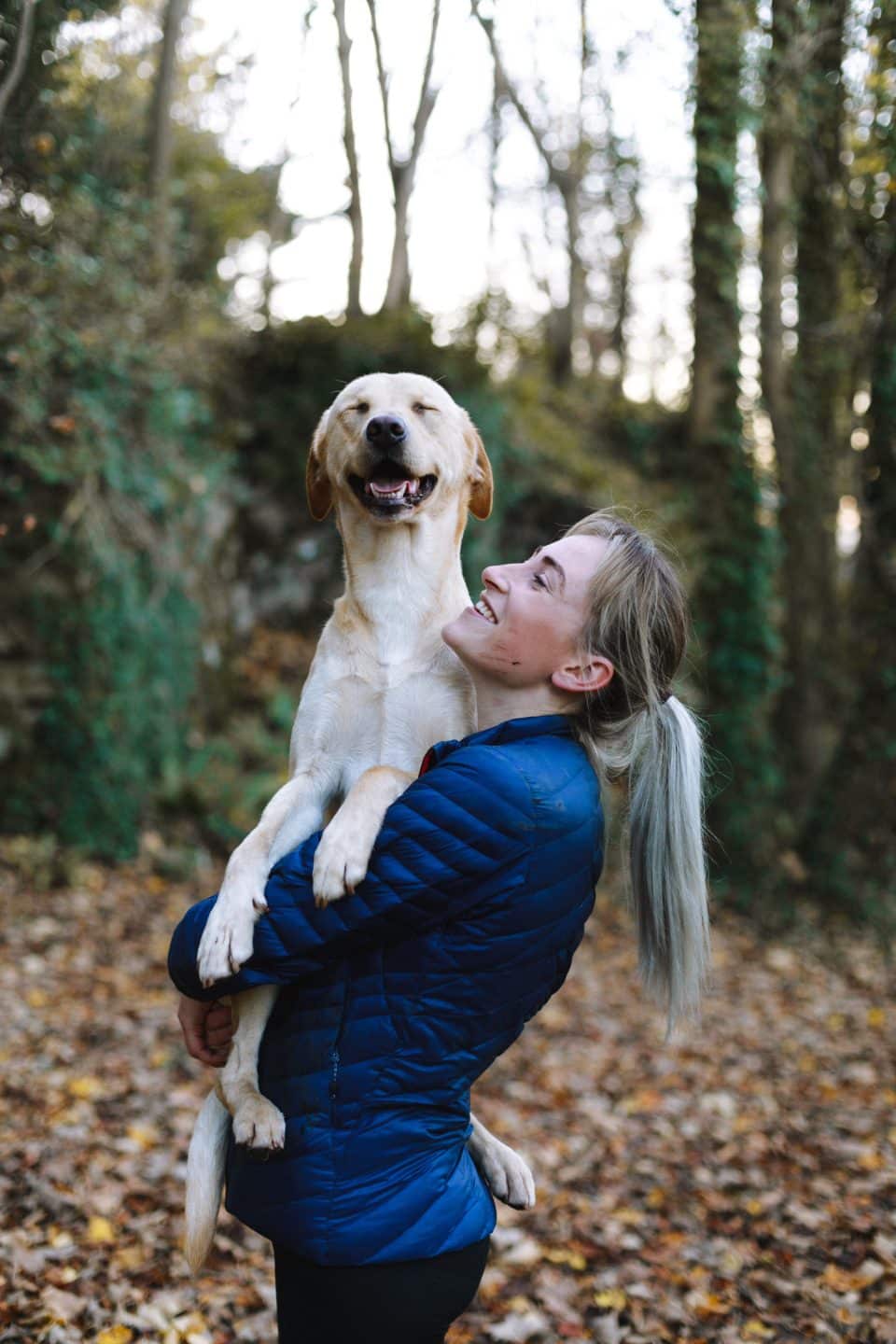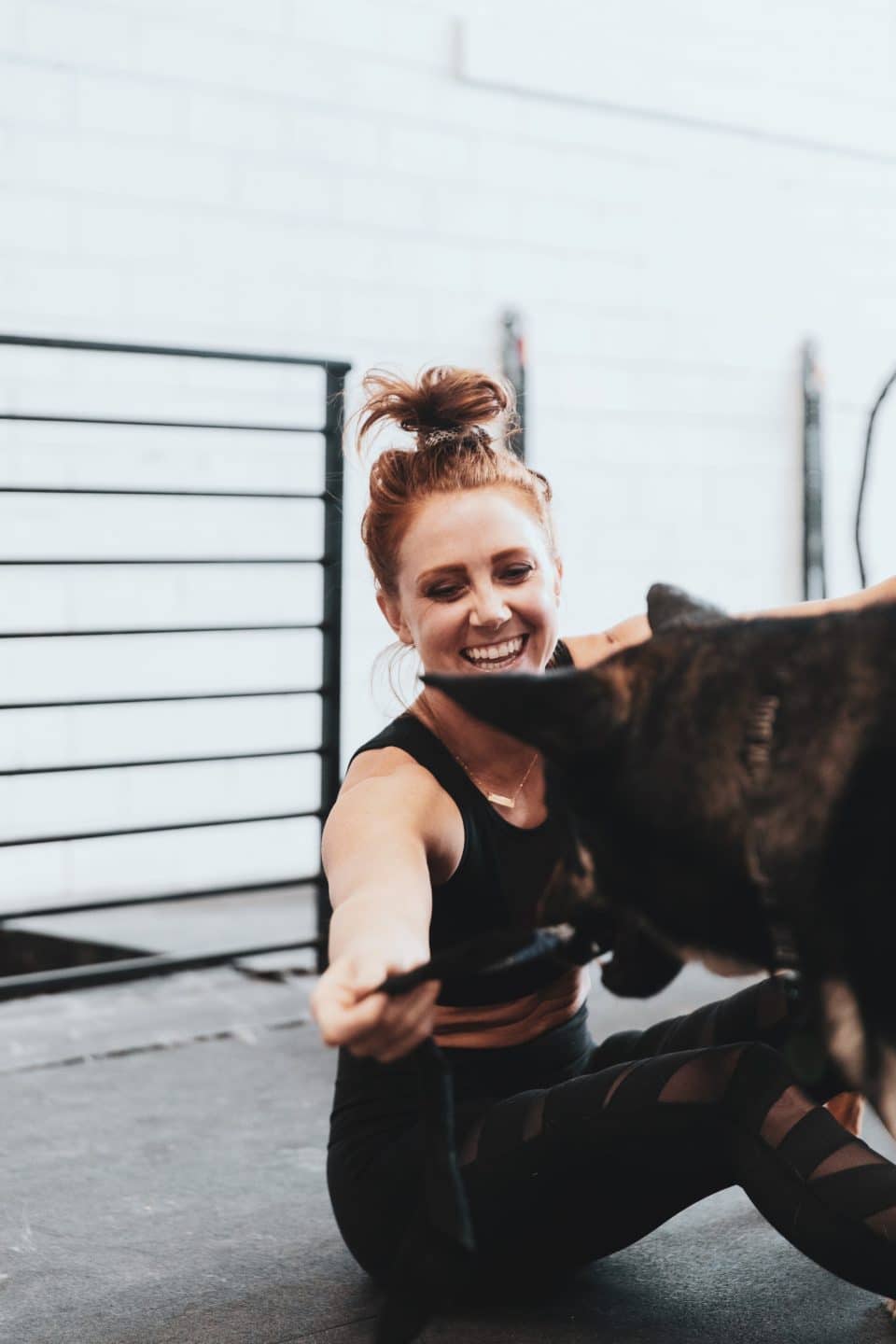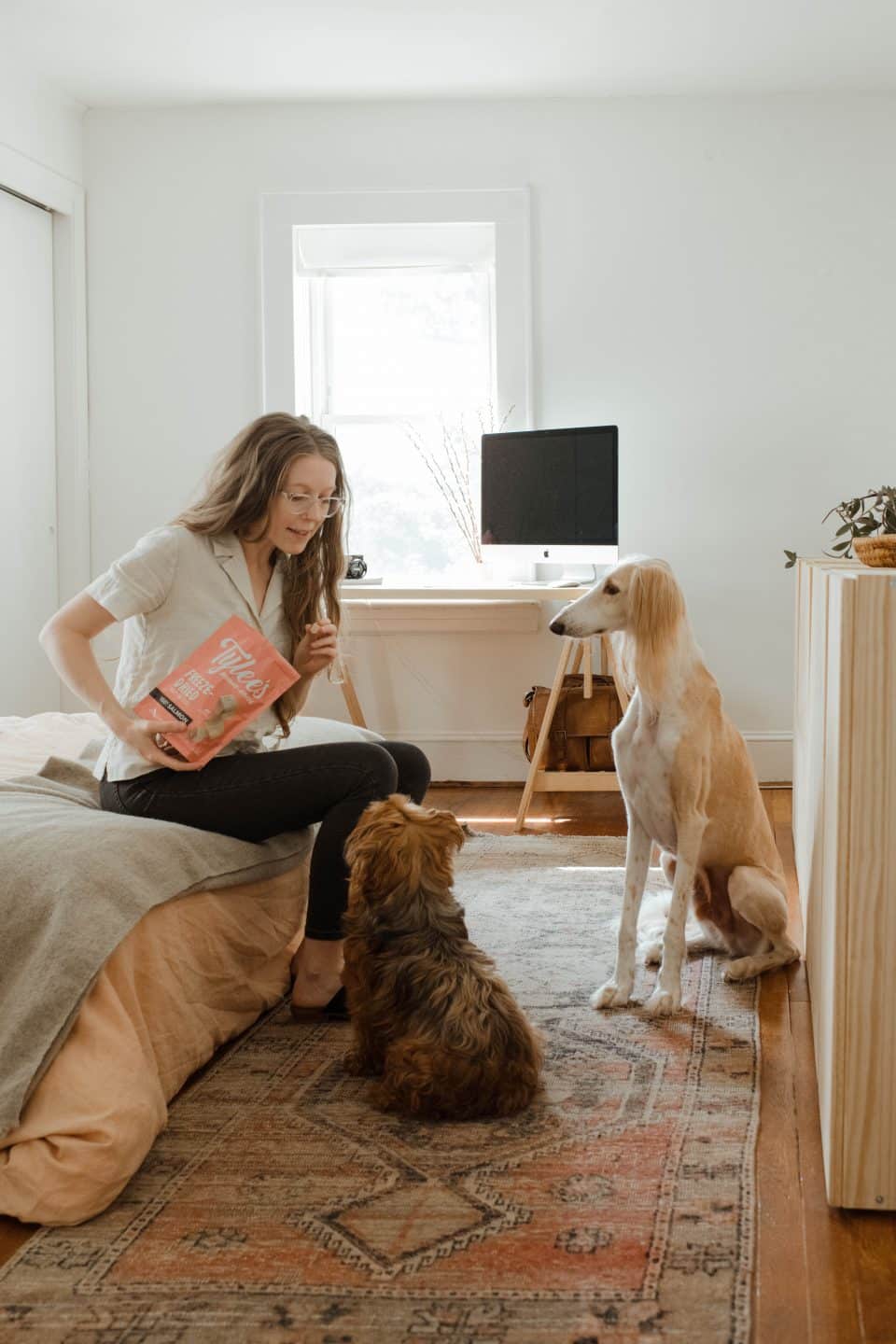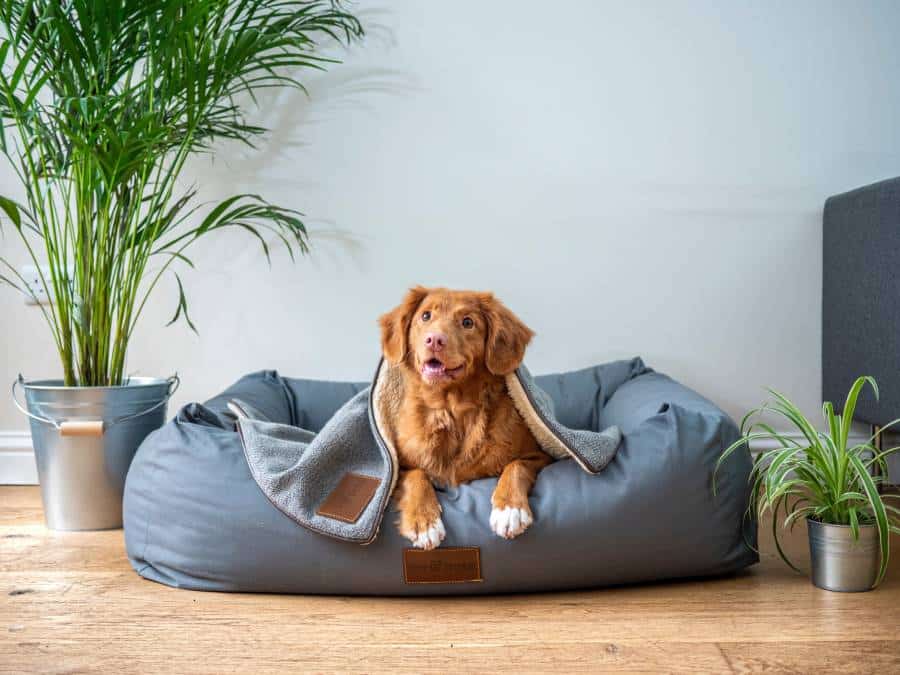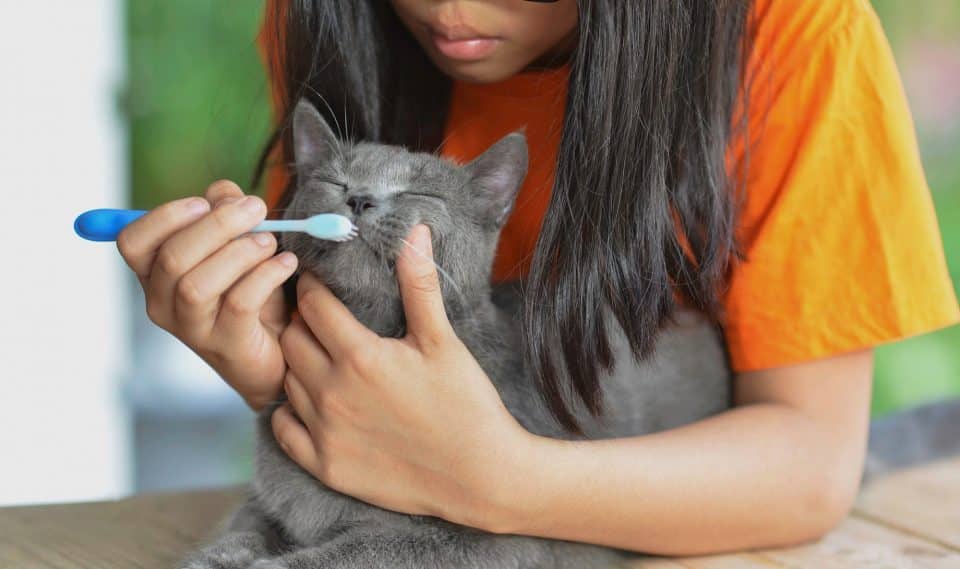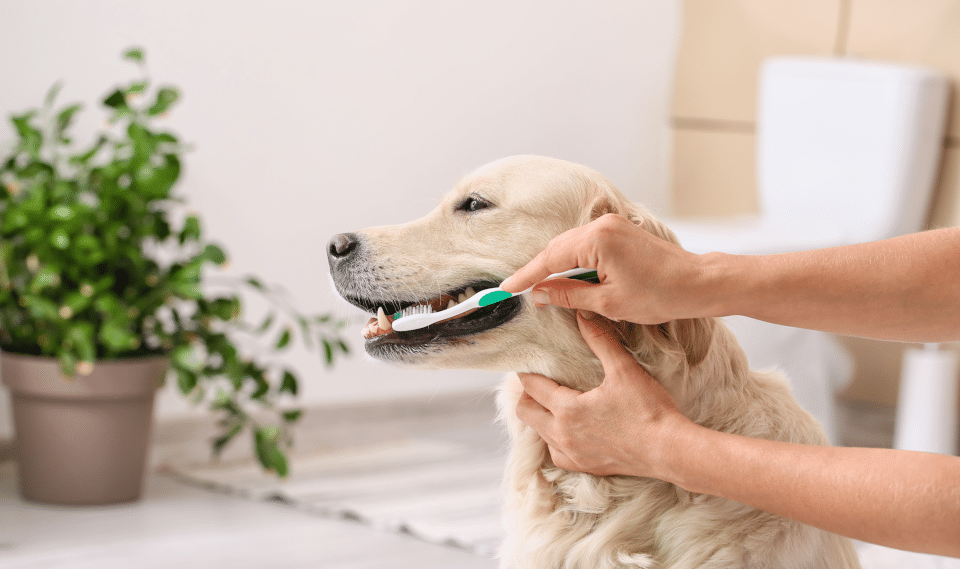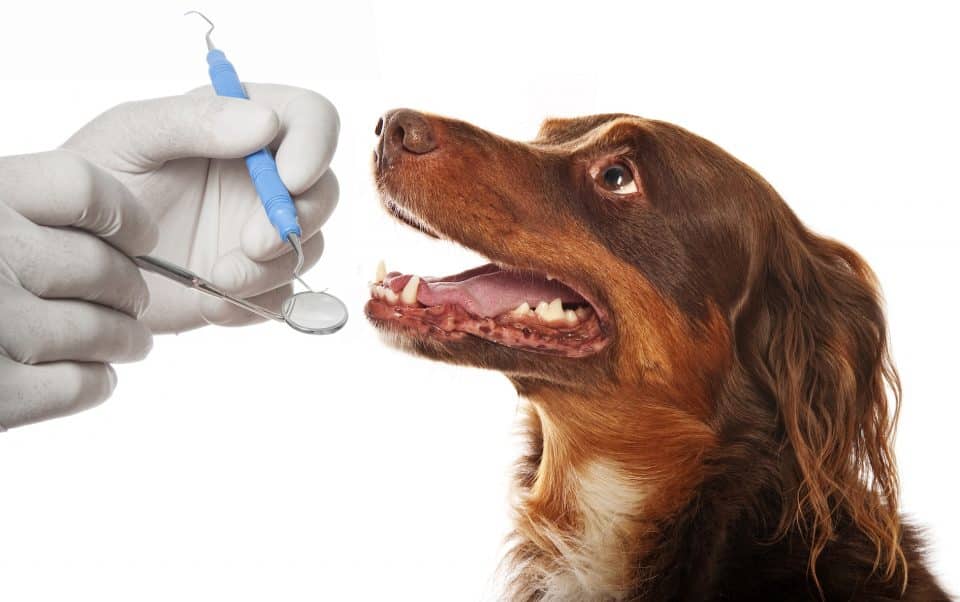Dental
8 min read
How To Care For A Senior Dog
Published on Jul 10, 2023
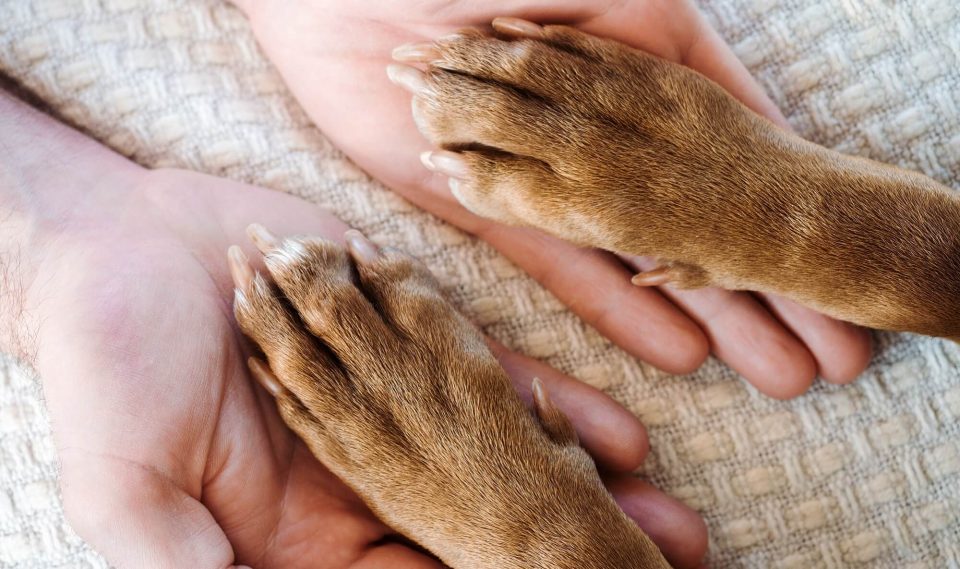
Have you noticed a spatter of gray around your faithful friend’s perfect wet nose? Perhaps there’s been a reluctance to leap into your bed at night or a preference to be carried up the stairs?
If so, your dog may be entering their senior years.
What to expect with an aging dog? Elderly dogs require particular care and attention. Similar to their parents (aka you), senior dogs’ interests, diets, abilities, and susceptibility to different illnesses change as they age. If you’re used to caring for puppies and younger dogs, you’ll likely need to make some adjustments to your own lifestyle as it pertains to your pet.
Don’t worry, your dog’s golden years can be just as charming and delightful as their puppyhood, especially once you know how to care for a senior dog.
Determining Whether Your Dog is a Senior Dog
You might wonder, “How old is my dog in human years?” Dogs come in all shapes and sizes—which means there is no one age at which dogs are considered “seniors,” like there is for cats (~10 years) and humans (~65 years). Instead, each dog breed qualifies for seniority at an individual age.
So how do you know if your dog qualifies for the senior class this year?
Veterinary practice guidelines suggest that dogs become seniors when they are in the last quarter of their estimated life span. This varies by breed but breaks down roughly by size as:
- Small breeds that weigh under 20 pounds, like Pomeranians, chihuahuas, pugs, and toy poodles become seniors at 8-11 years.
- Medium-sized breeds that weigh between 20-50 pounds, like most hound dogs, terriers and shepherds, and standard poodles, become seniors at 8-10 years.
- Large breeds that weigh between 50-100 pounds, like bulldogs, golden retrievers, and Labradoodles become seniors between 8 and 9 years.
- Giant breeds that weigh more than 100 pounds, like Great Danes, cane corsos, mastiffs, and saint bernards, become seniors between 6 and 7 years.
If your dog is in the senior age range for their size, let’s discuss the specific changes to their care needs.
New Care Methods for Your Senior Dog
Aging is natural, and learning how to care for an elderly dog is part of pet parenting. Remember: an old dog isn’t an unhealthy dog, but older dogs are more susceptible to age-related health issues and certain diseases.
As your puppy gains wisdom and experience, they’ll need:
- More trips to the veterinarian to look out for any health problem
- New specialized dogs diet
- Upgraded exercise and fitness plan
- Mental stimulation
- Considerate interior design
More Trips to the Veterinary Clinic
As your dog ages, your visits to the veterinarian will likely shift from the occasional scary situation and regular vaccination schedule to yearly or twice yearly blood and urine analysis tests.1
A “geriatric” blood screening performed regularly will detect things like anemia and iron deficiencies, infections, thyroid dysfunctions, and other illnesses that your older dog is more likely to develop. Urine analysis tests for UTIs, diabetes, and other abnormalities.
When you regularly screen your senior dog’s blood and urine, you can catch and treat problems before your dog becomes symptomatic. That saves your dog from unnecessary pain and suffering and saves you from stress and worry.
Regardless of your dog’s age, your veterinary clinic should make your dog feel comfortable and as special as you know they are. At Papaya Pet Care, we use a stress-free approach to ensure all dogs, from the puppies to the oldest and most seasoned, are as happy in the clinic as they are at home, snuggling on the couch with mom or dad.
New Specialized Diet
Older dogs are susceptible to certain physical ailments, from simple weight gain to more complex issues like arthritis, diabetes, and heart diseases.2 Fortunately, a diet formulated for your aging dog can help their immune system learn some new tricks.
Look for dog foods that are:
High in protein – Protein is essential to all dogs’ diets, and studies suggest that as dogs get older, they need even more of it than they did as puppies. Where do you find lots of protein? Meaty dog food that is minimally processed, so it keeps its nutrients, is an ideal source.
Lower in fat, carbs, and calories – Your dog’s metabolism starts to chug slower as they age. Reduce the fillers that they have to burn through to get to all that good protein that powers them through their days.2 Otherwise, you might have to adjust the straps on their harness to accommodate for the calories they can’t burn.
Higher in fiber – That slow metabolism might make your dog have a harder time digesting, too. Fiber, often found in vegetables, clears a pathway through your dog’s gut, and feeds the good bacteria that live there.2
High in antioxidants and fatty acids – Omega-3 and Omega-6, in particular, can decrease inflammation and keep your dog’s immune system on guard to battle invader illnesses.2
Your dog might get picky as they get older, too. If your dog refuses to eat for an extended period of time, make an appointment with your veterinarian. They can recommend specific solutions to your dog’s decreased appetite, based on their size, breed, age, health history, and current health.
Upgraded Fitness Plan
While your senior dog may be less mobile than they were in the early years of their life, exercise is just as important—if not more important—than when they were a puppy. Regular exercise can prevent weight gain and sustain strong, healthy muscles to protect their aging joints. Accommodating your dog’s changed abilities is as simple as noticing their behavior and temperament (which we’re sure you already do).
Walking your Senior Dog
When taking your senior dog out for a stroll around the block, look out for these signs:
Shivering in the cold and panting in the heat – Because older dogs are more sensitive to the temperature, you need to pay special attention to fluctuations in the weather. Bundle up your pup in a sweater on cold mornings, and avoid walking during the hottest parts of the day.
Stiffness afterward – A long walk or hike might be too much for your senior dog.3 If you notice that the usual mile count leaves them stiff and sore, let them take it easy. You can get your steps in some other time. Incidentally, stiffness is also one of the signs of old age in cats.
Swimming With Your Senior Dog
Depending on the breed of your dog, swimming can be an incredibly low-impact supplement to your dog’s daily walks. Whether in the local swimming hole or a private pool, water exercise strengthens your dog’s whole body.3
Be sure to use a life vest to keep your dog safe in the water, and check with your veterinarian before implementing a new exercise routine.
Mental Stimulation
They say you can’t teach an old dog new tricks. Whoever “they” are, they certainly didn’t have an older four-legged companion around. While your dog’s brain will change with age, the best thing you can do for their mind is to keep it stimulated. Just like your dog wants frequent exercise and play to keep their body agile, they want to be mentally challenged to keep their mind strong and prevent cognitive decline.
Consider teaching your old dog some of these new tricks:
Clean up – Train your senior dogs to put their toys away at the end of playtime. Choose a designated box or spot for them to deliver the toys. Be sure to treat them with goodies and praise when they successfully clean up.
Hide and seek – Train your dog to find a hidden toy in the house or yard. If they know the name of the toy, ask them where it is. Lead them to it if they struggle, then hide it somewhere else and repeat the game. Soon they’ll be eagerly sniffing it out all on their own. Switch the toy out for different toys or treats to keep the game fun and interesting.
Bedtime – Train your dog to tuck themselves into bed by lying down on a blanket, grabbing the corner with their mouth, and rolling over to wrap themselves up.
New experiences and challenges stimulate and entertain your dog. Next time you plan a beach trip, a mountain vacation, or a drive into the country, bring your senior dog along. Just be sure to keep them comfortable, hydrated, and as rested as they need to be.
Considerate Interior Design for Senior Dogs
Accommodating an older dog also involves changing their living and relaxing environment. These simple changes around the house can ease your dog’s transition into old age:
Level up their food and water bowls – Place these bowls on a slightly raised platform. This way, they’ll avoid neck strain from stooping to eat and drink.
Provide a ramp to their favorite, coziest spot – You may notice that your dog is more reluctant to leap onto the bed or go up the stairs. If your dog can’t reach their favorite spots, provide them with an easy-to-use ramp.
Tuck them into a warm bed that’s designed for their size – The right-sized bed helps dogs regulate their temperature more easily, which is especially important the older they get.
Luckily, ergonomic and orthopedic brands make beautiful dog supplies, so changing your interior design to accommodate your senior dog doesn’t have to sacrifice your aesthetic.
Consult The Experts at Papaya Veterinary Care
Change can be intimidating—especially when what’s changing is your tried and true friend. But with the right technique and care professionals at your side, your aging dog will live out its golden years in style and comfort (and in extra-long cuddle sessions).
Here at Papaya, your dog’s comfort is our priority. Our trained, passionate, and sensitive veterinarians care as deeply about your pet’s health as you do. That’s why we’ve implemented a stress-free approach—where every pet will feel less stress and anxiety and more love and attention.
If you’d like to learn more about how Papaya’s veterinarian services can help you with your senior dog, reach out today.
Sources:
- The Grey Muzzle Organization. Routine Veterinary Care for Your Senior Dog. https://www.greymuzzle.org/grey-matters/health-and-well-being-wellness-care-common-ailments/routine-veterinary-care-your-senior
- Dogs Naturally. The Best Food for Senior Dogs. https://www.dogsnaturallymagazine.com/best-food-senior-dogs/
- American Kennel Club. How to Provide Your Senior Dog With Proper Exercise. https://www.akc.org/expert-advice/health/provide-senior-dog-proper-exercise/
- AAHA. 2019 AAHA Canine Life Stage Guidelines. https://www.aaha.org/globalassets/02-guidelines/canine-life-stage-2019/2019-aaha-canine-life-stage-guidelines-final.pdf
- AVMA. Caring for senior cats and dogs. https://www.avma.org/resources-tools/pet-owners/petcare/senior-pets
- The Journal of Nutrition. Determination of Optimal Dietary Protein Requirements of Young and Old Dogs. https://academic.oup.com/jn/article-abstract/88/1/66/4777270?redirectedFrom=fulltext


